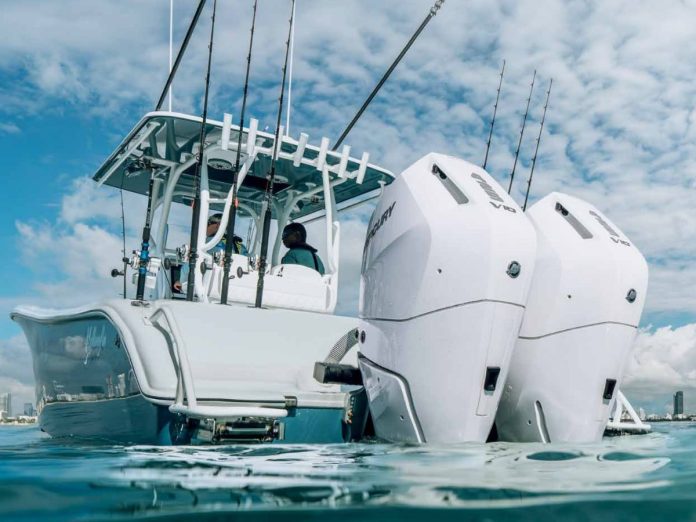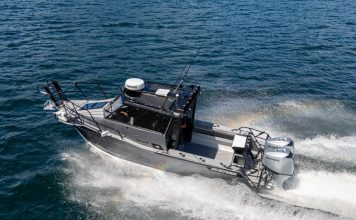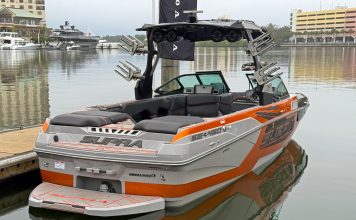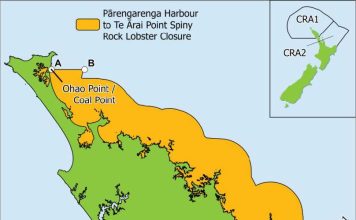Sailing used to be a sport for daring adventurers who set out to explore the Seven Seas braced with a pile of paper charts, a sextant and a huge supply of confidence and optimism. Story by Birgit Hakl and Christian Feldbauer.
But imagine sailing through unknown waters only relying on dead reckoning after days of overcast skies, or approaching an island, trying to tell just by landmarks in the silhouette where the safe harbour or pass through the reef might be. GPS, detailed charts in combination with electronic chart plotters and sophisticated autopilots have changed cruising completely since then and nowadays navigation seems perfectly simple and safe for everybody. But why do yachts still get wrecked on rocks and reefs around the world every year?
Cruising all year round in French Polynesia, we become eyewitnesses to boats running aground, hear reports of incidents on the daily SSB net, and listen in on the VHF when JRCC Tahiti organises rescue operations. You’d think that these would be rare events, but hardly a month passes without a serious accident and countless minor faux pas.

Most incidents happen inside lagoons and range from gentle keel-scrapings to boats high and dry on coral heads. Crews navigate through bombora-strewn waters in bad visibility, often relying exclusively on the accuracy of their charts. What they do not realise is that many lagoons are basically uncharted, apart from passes and marked channels. Although charts mark depths and some of the reefs, we find while navigating cautiously with a look-out on the bow, that most show only some of the obstacles and these are often incorrectly positioned. The charts’ feigned level of detail is deceiving for inexperienced crews.
Of course, sometimes crews just rush along, neither paying attention to charts nor to what they see ahead. Last spring, we were anchored in a maze of reefs on the western side of the lagoon of Raiatea (Society Islands, French Polynesia) when a charter catamaran approached and ran at full speed up the reef that comes up steeply and was clearly visible in light brown, in stark contrast to the dark blue lagoon.
We went over, asked what happened and were astounded to find the crew of five completely unconcerned, awaiting their tow service. They freely admitted none of them had bothered to pay attention to their course.

Not every crew is so openhearted after such a lapse, often blaming the autopilot instead. A cruising family ran their catamaran onto the rocks while motoring along the shoreline of Tahuata (Marquesas), a volcanic island with deep water right to the foot of its steep cliffs. They claimed they were all downstairs when the autopilot changed course and ran the boat aground. What they didn’t explain is how they could be so close to shore without keeping a watch!
While navigation in lagoons with incomplete charts is admittedly tricky, open-water passages between the islands of French Polynesia are as straightforward as it gets, with deep water devoid of uncharted rocks and detailed charts of the outer contours of islands, barrier reefs and passes.
Three years ago, a family lost their catamaran on the southern corner of Huahine’s barrier reef (Society Islands) when they ran aground during the night. After the accident, a lengthy discussion followed in sailing forums and magazines as to whether the provider of the allegedly faulty electronic chart was to blame the boat’s loss or not.

The reefs and islands of the Pacific are littered with wrecked yachts.
But it appeared none of the ‘experts’ arguing different viewpoints bothered to check the accuracy of the chart. We did, finding a reef clearly shown at the GPS point where the grounding occurred. In addition, the reef is marked at night with a white, blinking pole light. On their blog the family assured readers their echo-sounder was showing around 50m only minutes before the accident. But in eastern Polynesia if your depth-sounder shows any soundings at all you are already precariously close to the breakers. Barrier reefs in the region rise up to the surface almost vertically from waters several miles deep.
Further west in the Pacific, charts become less reliable. Five years ago, we sailed from French Polynesia towards Tonga and researched all possible routes and islands along the way. We wanted to be flexible and prepared to make landfall along the route in case of changes in the weather or other unforeseen events.
We noticed a little remark next to the charted position of Beveridge Reef, an atoll without motus [small islands] located about 130nm southeast of Niue. ‘Reported to lie 3 Miles NE’ sounded intriguing and we quickly found further info on the internet concerning the exact location and even waypoints to the reef’s pass.

Too much reliance on electronic navigation tools and unreliable charts can lead to disaster.
We found the reef, the waypoints into the lagoon were correct and we spent a few days there. A year later we heard reports that a boat had run aground during the night on the eastern side of Beveridge Reef – apparently the alarming note on the chart did nothing to encourage the crew to give a potentially dangerous six-mile-wide obstacle a wide berth during a night of strong winds and rough seas. Fortunately, there was another vessel inside the reef and they managed to rescue the crew of the wrecked boat.
The sophisticated electronic gadgets we modern sailors all carry seem to have lulled some crews into a false sense of security. Sailing into unknown waters is no longer perceived as a risky adventure but as routine and predictable. Why spend time on careful research when you can just get waypoints from a cruising guide, enter them into the autopilot, turn on the AIS and maybe the radar alarm and let the boat sail to some exotic paradise island with an unpronounceable name?
The number of accidents prove that things are not quite that simple. Plotting a course on an electronic chart and programming waypoints into the autopilot may give the impression navigating is like a computer game but hitting rocks and damaging or even wrecking the boat is a far too realistic outcome to fall for that illusion.

A typical reef passage: usually narrow with strong currents and potential navigation hazards.
In the end, electronic aides cannot and should not replace proper seamanship. Researching destinations and any obstacles along the way and getting proper chart material is part of the preparation for a passage. AIS and radar alarms support but cannot replace human watches on passages or a look-out on the bow when sailing in close quarters. Ultimately each skipper must assess the conditions and risks and react accordingly because accidents can happen to anyone.
No one is immune to misfortunes that result from an accumulation or cascade of factors, or simple bad luck, but good preparation and responsible seamanship greatly reduce the risk. BNZ
Birgit Hackl, Christian Feldbauer and ship’s cat Leeloo have been cruising on Pitufa since 2011. Visit their blog www.pitufa.at




















